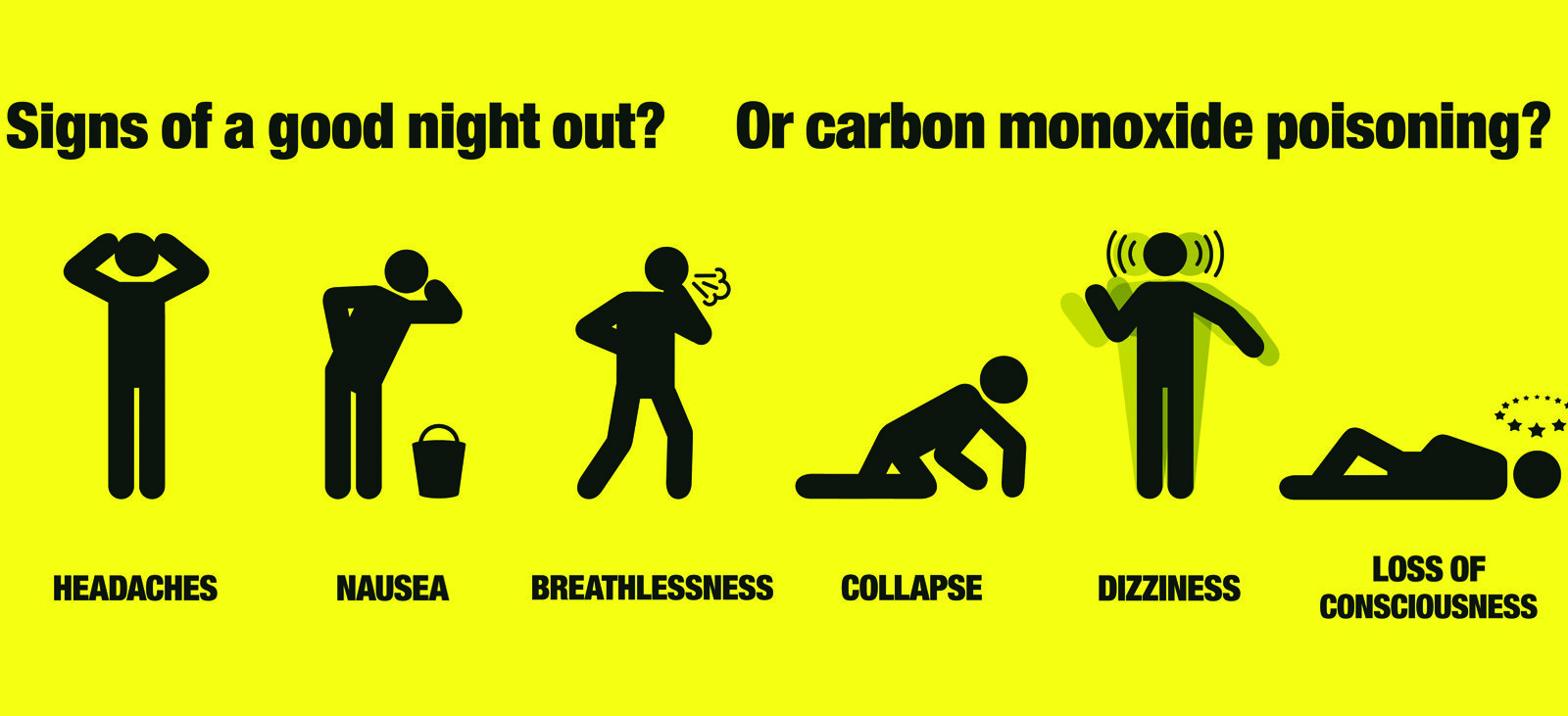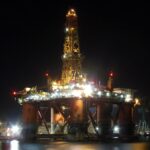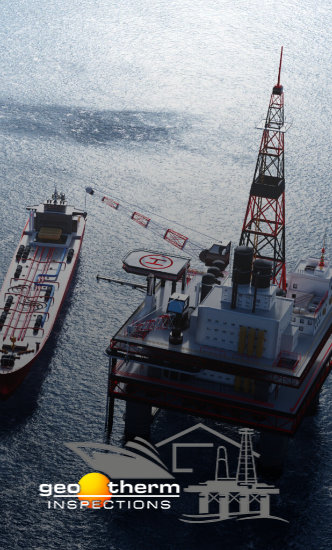Carbon Monoxide (CO) gases pose a real threat to maritime operations at sea and when moored. CO can emanate from many different sources, from incomplete burning of carbon based fuels to emissions from goods stored in ship holds.
CO poisons by starving the body of oxygen, with an affinity for blood hemoglobin that is over 200 times that of oxygen preventing blood from transporting vital oxygen to cells, tissues, and organs. Short term CO exposure results in headaches, nausea and flu-like symptoms that affects the entire body, whereas prolonged exposure can lead to brain damage and death.
In ships and motor vessels, when moored alongside each other exhaust blowback can lead to high CO concentrations, as emissions seep through open doorways, windows and hatches, certain commodities such as wood and lignite briquettes stored in ship holds can become subject to oxidation, leading to depletion of oxygen and an increase in CO concentrations.
Through ship motion, coals may be liable to self-heating leading to spontaneous combustion, emitting flammable, toxic gases, including CO. Soot by-products from incomplete burning of fuels in burners and stoves, engine room exhaust leaks, blocked flues and cracked heat exchanger’s can all further exacerbate CO concentrations in often well-sealed areas on board ships, rigs and pleasure craft. Lighter than air, CO can pass through the smallest hole to migrate throughout the vessel affecting crew behaviour and rationale.
One method to detect CO leaks uses the FLIR GasFindIR camera. This device is capable of rapidly scanning large areas, delivering real-time thermal scanning of gas leaks, to direct maintenance rapidly to the source of the leak. CO leaks appear as “black smoke” on the GasFindIR screen.
Consider the 3 following points as a guide to help prevent CO incidents:
1. Install CO detectors – position at every level, in cabins, machinery spaces and holds.
2. Wear breathing apparatus – perform air quality tests when entering confined spaces, follow procedures.
3. Use Ex rated probes & wearable CO monitors – emitting loud audible alarm when the sensor detects CO.
Carbon Monoxide (CO) incidents occur both on land and at sea, we cannot see, hear or smell CO with death occurring through prolonged inhalation. Installing fixed mounted or wearing CO detectors are a must as are ensuring engines and induction fans are maintained well and flues are debris free for fresh air circulation.
At Geo Therm Ltd we take all forms of maritime inspections seriously, we have the means to optically check for CO and other gas leaks, thermal issues and ultrasound hatch inspections that allow our surveyors to accurately detect the leak source in your vessel, whether it is a Cape sized ship or a small pleasure yacht. (TD)
To find out more on how the GasFind-IR camera works view this link: https://www.youtube.com/watch?v=xwUpQWwQ3HU&feature=em-subs_digest




